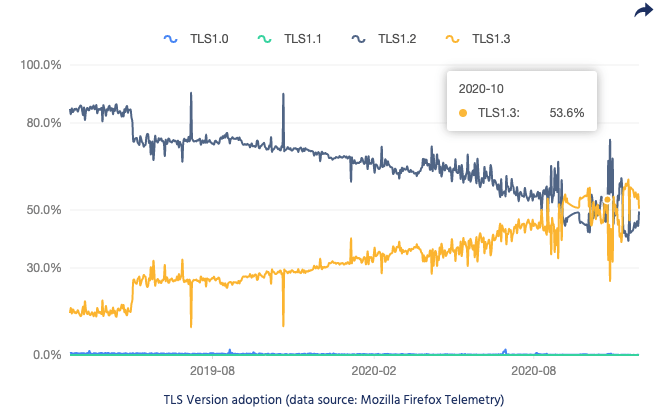SUSE’s Rancher acquisition brings containerization support
SUSE’s acquisition of Rancher Labs puts the Germany-based open-source software company in a much stronger position to offer flexible, edge-based services to its customers, according to an analyst at IDC.The deal—which was originally announced this summer—essentially makes Rancher Labs into SUSE’s containerization “innovation center,” said IDC research director Gary Chen. Any customer working on digital transformation and rapid development is likely to appreciate the improved support for containerization—letting workloads function on whatever hardware is handy, and communicate across different arrangements of edge, cloud and local computing.Terms of the deal were not publicly disclosed, but a CNBC report published after the initial announcement quoted sources familiar with the deal as saying that SUSE is paying between $600 million and $700 million.To read this article in full, please click here



